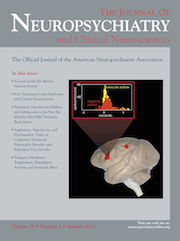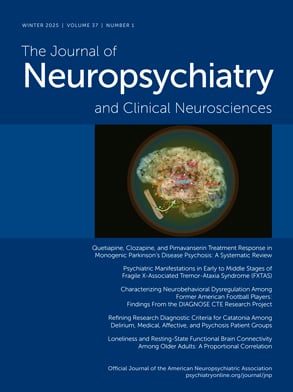To the Editor: Graph analysis of brain structural and functional connectivity has provided new properties for evaluating this network.
1 The brain’s structural and functional systems have features of complex networks.
2 A significant discovery is that the whole-brain network exhibits the “small-world” property shared with many other complex systems that allows the brain network to have high efficiency with a very low wiring and energy cost.
1,2 These complex network properties can be altered as a result of aging, psychiatric disorders, and neurologic diseases. Numerous studies have investigated brain structural and functional network destruction in psychiatric and neurologic disorders.
1–3 In all these studies, “small-worldness,” and, consequently, network efficiency is significantly reduced.
Parkinson’s disease (PD) is a degenerative disorder of the central nervous system. The motor symptoms of PD result from the death of dopamine-generating cells in the substantia nigra, which causes a shortage of dopamine levels in different parts of the brain. The basal ganglia are the most seriously affected brain areas in PD. Patients with PD also show a wide clinical range of non-motor symptoms, such as depression, anxiety, and apathy. The classical pathophysiological model of basal ganglia cannot explain all these psychiatric symptoms in PD patients. There is a need of a more general model dealing with the non-motor symptoms in early and late stages.
4In a recent experimental study, carried out by Skidmore et al.,
3 the efficiency of human brain functional networks was measured by fMRI in individuals with PD compared with a healthy-control group. They found that individuals with PD had a considerable decrease in nodal and global efficiency, as compared with healthy, age-matched controls.
In this letter, we hypothesize that efficiency reduction in the entire brain network as a result of destruction of basal ganglia in PD might be the cause of other psychiatric symptoms because, in complex networks, there are tremendous interactions between different parts; thus, if destruction occurs in one area, it can cause malfunctioning in the other parts of the system. To give a clue to this conjecture, we propose to construct the brain structural network graph with available data in a way that nodes represent different functional areas in the brain, and edges represent the connections between these parts.
3 However, one of the issues that concerns us with most of the graph studies of the brain, is the lack of using weighted-edges graphs.
1 Weights can represent different meanings in structural and functional brain networks.
5 We consider dopamine levels in dopaminergic pathways between nodes as weights for edges. This approach gives a realistic meaning to nodal and modular connections of the brain graph in Parkinson modeling. By using this definition, we can determine whether the reduction of dopamine in basal ganglia can affect the function of other parts of the brain. This can lead us to a new explanation about how psychiatric symptoms like depression appear in PD patients. This suggested model should be simulated in future works in order to make its advantages and problems manifest.

